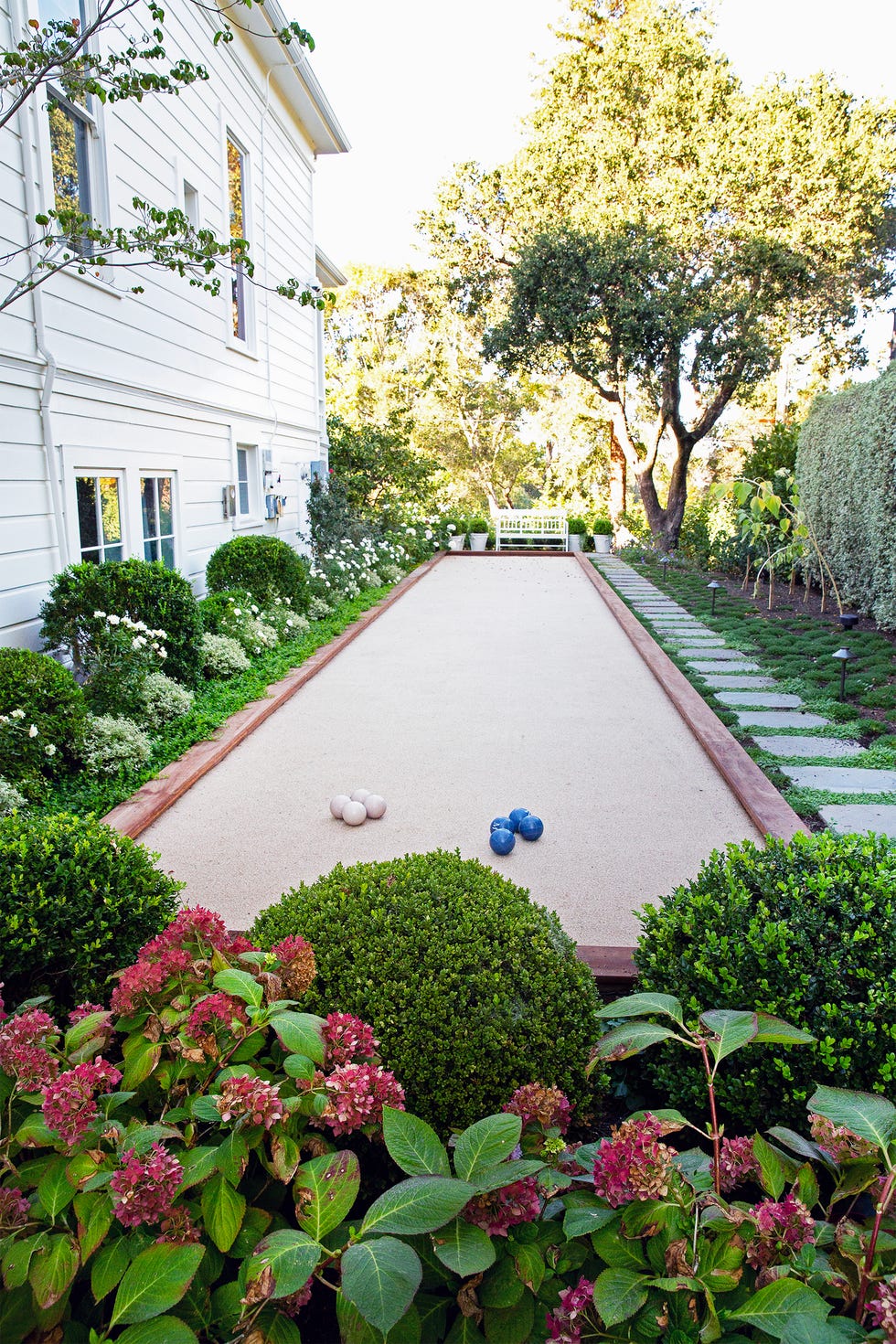6 Simple Techniques For Landscapers
Table of ContentsThe Greatest Guide To LandscapersEverything about LandscapersThe Definitive Guide to LandscapersAll about LandscapersUnknown Facts About Landscapers
Each of these elements has a particular function and meaning, and when incorporated in the proper way, they create a well balanced and unified landscape - Landscapers. Rocks are considered the backbone of a Japanese garden. They represent mountains or islands and are purposefully positioned to develop a feeling of depth and perspectiveIt can take the form of a pond, stream, or waterfall, and its purpose is to add movement, sound, and reflection to the landscape. Plants, especially evergreens and deciduous trees, play an essential duty in creating a Japanese garden. They are carefully chosen for their form, shade, and appearance to add passion and comparison to the landscape.
These manufactured components typically have religious or spiritual significance in Japanese culture and are thoroughly positioned within the landscape to develop centerpieces. Photography by Garrett Chef Desert yards, likewise called xeriscaping or arid landscaping, grow in dry and drought-prone areas (Landscapers). These yards display plants that have actually expanded familiar with the warm and arid conditions, making them low-maintenance and water-efficient

They are normally utilized to the regional environment, soil problems, and wildlife, making them extra durable and much better matched to prosper in their atmosphere. This design style accepts the elegance of local vegetation and animals, promoting a local color and linking us to the land we reside on. Image: Christopher Lee Mediterranean gardens came from the countries bordering the Mediterranean Sea, such as Italy, Greece, and Spain, where the environment is warm and completely dry.
Landscapers Things To Know Before You Buy
In a Mediterranean environment, the summer warm and aridity are significant challenges for plant development. To resolve this, Mediterranean yard layout incorporates aspects that provide shade, such as pergolas and arbors, to safeguard plants from direct sunlight during the hottest hours of the day. These structures serve a functional purpose but likewise add architectural interest to the garden.
To combat this, sprinkling strategies such as drip watering are commonly used to guarantee that plants get an appropriate amount of water without squandering it. Formal yards are often associated with grand estates and palaces, where whatever is completely balanced and in line. These yards adhere to a rigorous geometric pattern, with straight lines and best angles dominating the style.
Using hardscaping elements such as fountains, statues, and pathways is likewise typical in formal gardens. On the various other hand, casual yards have a more loosened up and all-natural feeling to them. They are not bound by stringent regulations or geometric patterns, permitting a much more natural layout. Informal gardens have a tendency to have bent paths, irregularly shaped flower beds, and a mix of various plant species.

The Buzz on Landscapers
Furnishings are typically wood or his explanation wicker. Believe rough and sturdy like a hunting lodge. Materials are easy to find, so they cost much less, and the maintenance called for is generally much less intense. The style is so prominent that it does not attract attention given that numerous individuals have it. Most of the landscapes across the nation are conventional design.
You can find conventional landscaping made use of at the historic homes in midtown Idaho Falls. This style gives an excellent balance of native and non-native plants.
A contemporary landscape has the most edgy design style. Brilliant colored article plants incorporate with bold metal containers and furnishings.
It's not about the style of home a landscape fits, yet more the products it's made out of. While bushes need to be cut to maintain their shapes, this style of landscape needs less specialized maintenance.
Top Guidelines Of Landscapers
Richer landscape beds with great deals of shade that require greater levels of maintenance and upkeep. A more recent landscape style that's emerged recently is the rustic modern-day click here for info design. This landscape will still use stones and timber but in a much more refined method. Here, modern style aspects are additionally merged into the image, such as bold-colored patio collections and color-blocked beds using plants with intense tones.
This design goes finest with homes that are rustic or modern, and it has a nice mix of the benefits and drawbacks of those designs provided above (Landscapers). Not exactly sure which design suits you ideal? Factoring in upkeep and general style and care prices can aid guide you in one instructions over one more based on your choices
For one, because materials like boulders and rough-hewn timber are so popular here, they are very easy to obtain. Additionally, plants are delegated grow even more naturally, as in they do not need to be a symmetric, trimmed shape. On the various other hand, contemporary and cottage design gardens are usually more pricey to mount and need even more upkeep.
You can create a visually pleasing landscape by complying with these 6 principles of design. There are six principles of design that have been utilized by musicians for centuries throughout all art types, painting and floral style in addition to landscape design. They are: Equilibrium Focalization Simpleness Rhythm and Line Proportion Unity Equilibrium is a state of being in addition to seeing.
The Buzz on Landscapers
There are two significant kinds of balance: in proportion and asymmetrical. Balanced balance is used in formal landscapes when one side of the landscape is a mirror photo of the opposite side. These landscapes commonly make use of geometric patterns in the sidewalks, growing beds and even how the plants are trimmed right into forms.

Each area of the landscape might include a focal factor, yet it is absolutely not necessary. Landscape designers must not overuse focal factors.
Maintaining landscapes easy, not jumbled or picky is always a good technique. Many landscapes have extremely complicated attributes, including the building style, water features and considerable lights functions.